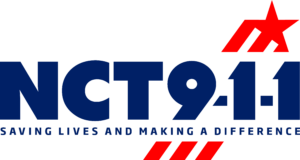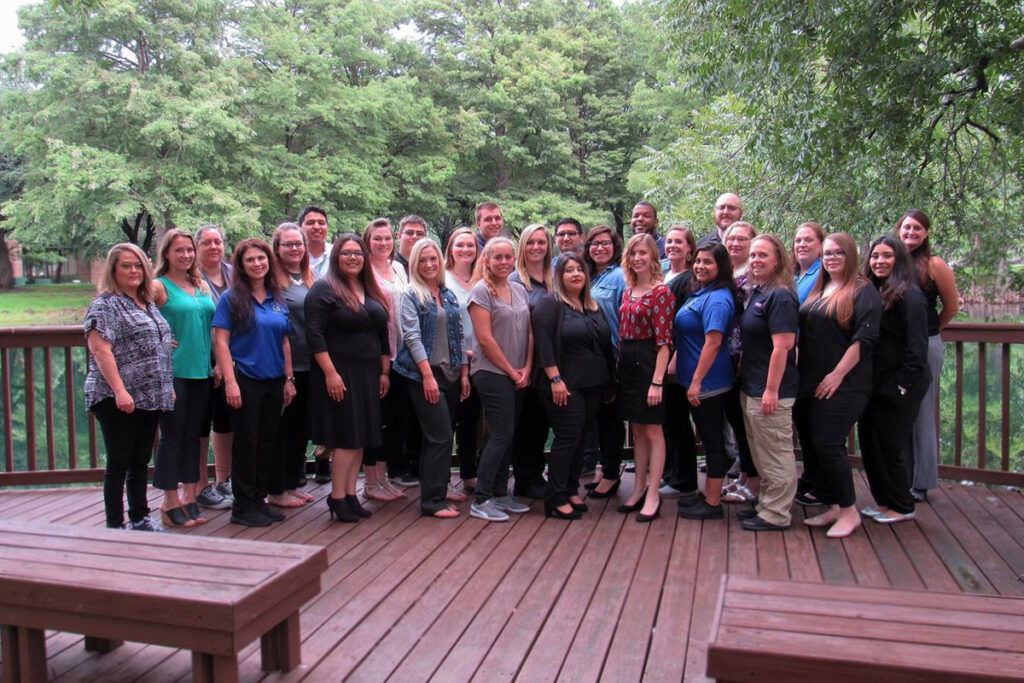Reflections on 2018
Last night I reflected on the year 2018 in the 9-1-1 industry and our region. 2018 was a year of triumph and new beginnings peppered with tribulations. NCTCOG 9-1-1 started the year with an exciting pilot project working with Google and RapidSOS to trial supplemental location that has the potential to revolutionize 9-1-1 for callers […]
Reflections on 2018 Read More »






